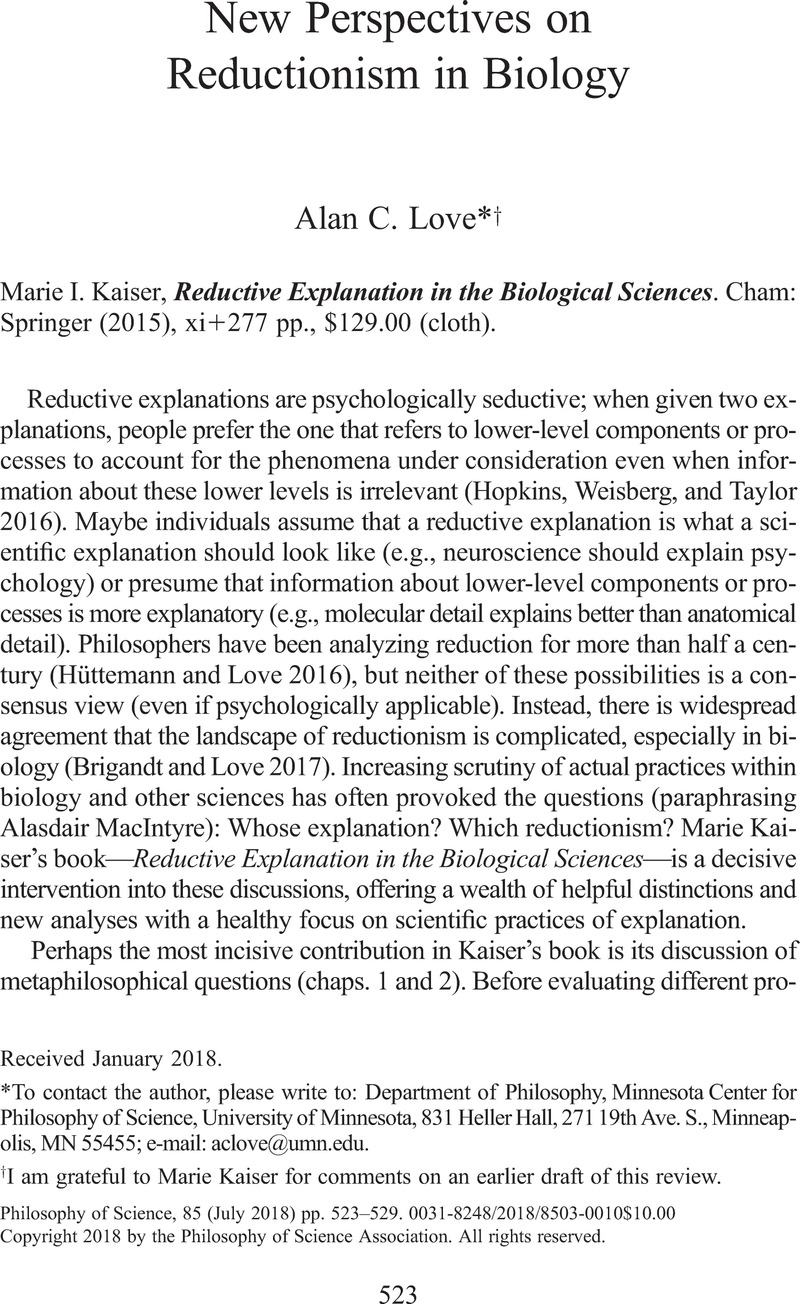Crossref Citations
This article has been cited by the following publications. This list is generated based on data provided by Crossref.
Aron, David C.
2020.
Complex Systems in Medicine.
p.
47.
Swazo, Norman K.
2021.
“Un-Promethean” science and the future of humanity: Heidegger’s warning.
History and Philosophy of the Life Sciences,
Vol. 43,
Issue. 1,



